Burundi coffee flavor introduction Burundi coffee production introduction Burundi fine coffee beans
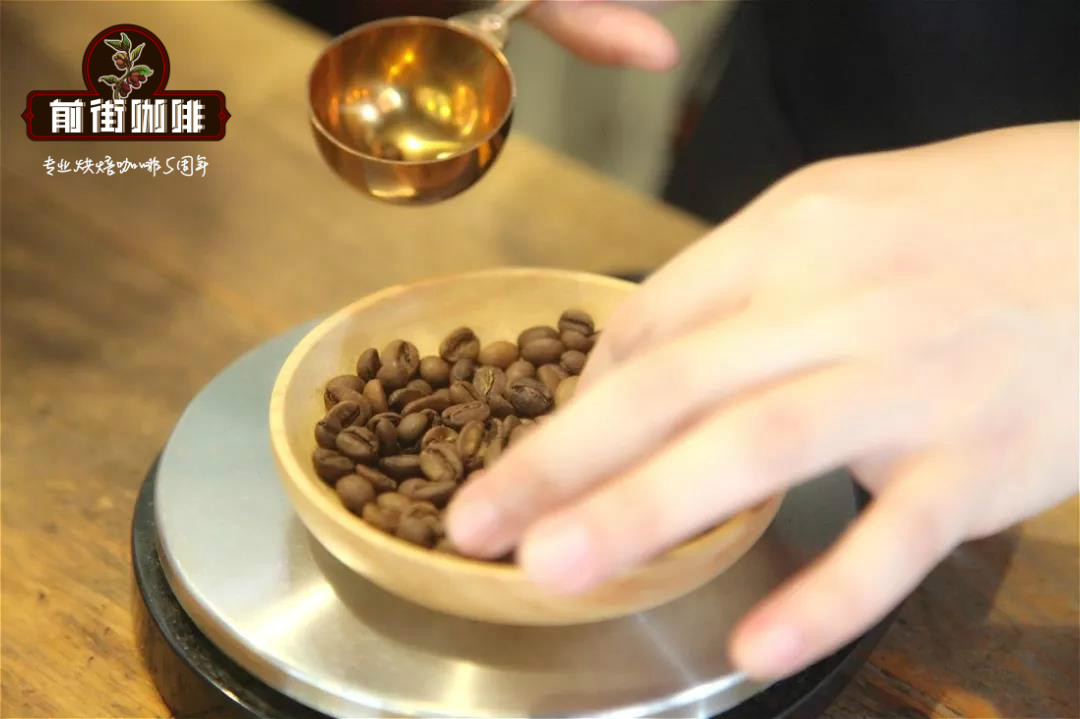
There are many plateaus and mountains in Burundi, most of which are composed of the plateau on the east side of the East African Rift Valley, with an average elevation of 1600 meters above sea level, which is known as the "mountain country". According to the topography, Burundi can be divided into three regions: the western plain, along the Ruzizi River, the Rift Albrtine plain, at 774 to 1000 m above sea level; the central and western mountains, with an average elevation of 1700 m, with the highest peak at Heha in the south-east of Bujumbura, 2670 m above sea level; and the east-central plateau, 1000 to 2000 m above sea level.
Hydrology
Lake Tanganyika is located on the southwest coast of Burundi, covering an area of 32900 square kilometers, with an average water depth of 700m and a maximum depth of 1455 meters. it is the second largest deepwater lake in the world after Lake Baikal in Russia.
Climate
Burundi has a subtropical and tropical climate. The lowlands of Lake Tanganyika, the western river valleys and the eastern part have a savanna climate, while the central and western regions have a tropical mountain climate. [3]
Resources
Burundi mineral deposits are mainly nickel, peat, cerium, tantalum, tin and so on. The nickel deposit is about 300 million tons and the taste is 1.5%. Peat reserves are about 500 million tons. Phosphate reserves 30.5 million tons, taste 11.1-12.6%. The limestone reserves are 2 million tons. Gold deposits are widely distributed, with large reserves in the northwest, and most of them were smuggled abroad in the 1930s. Forest coverage was 5 per cent of the land area in 1993 and was rapidly reduced to 3 per cent due to fires and deforestation. [6]
National symbol editor
Name of country
The Republic of Burundi (English: The Republic of Burundi; French: La R é publique du Burundi) is referred to as Burundi. [7]
National flag
The national flag of Burundi is rectangular and the ratio of length to width is 5:3. Two crossed white wide stripes divide the flag into four triangles, the upper and lower two are equal in red, and the left and right two are equal in green. In the center of the flag is a white circle with three red hexagonal stars with green edges in a zigzag arrangement. Red symbolizes the blood of the victims fighting for freedom, green symbolizes the desired progressive cause, and white symbolizes the existence of peace among human beings. The three stars symbolize "unity, labor and progress". At the same time, they also represent the three tribes of Burundi-Hutu, Tutsi and Tewa-who live in peace with each other and build their homes together.
Londi Coffee bears a striking resemblance to neighboring Rwanda, where coffee from the two countries is often confused. Burundian coffee is mainly grown in bourbon, with traditional wet processing of coffee cherries. Its boutique coffee is characterized by elegant sweetness and bright citrus aromas.
Burundi is a small landlocked country located at the junction of eastern and central Africa, across the Nile and Congo basins, dominated by hills and mountains, with excellent coffee-growing elevations. The history of coffee cultivation in Burundi is not long, its coffee planting industry is carried out entirely in the form of small family farms, there is a great difference in quality, and years of war and social unrest have made its coffee planting industry very chaotic. But I have to admit that it has the potential to produce high-quality coffee.
Burundi Buyendi AA,FWS
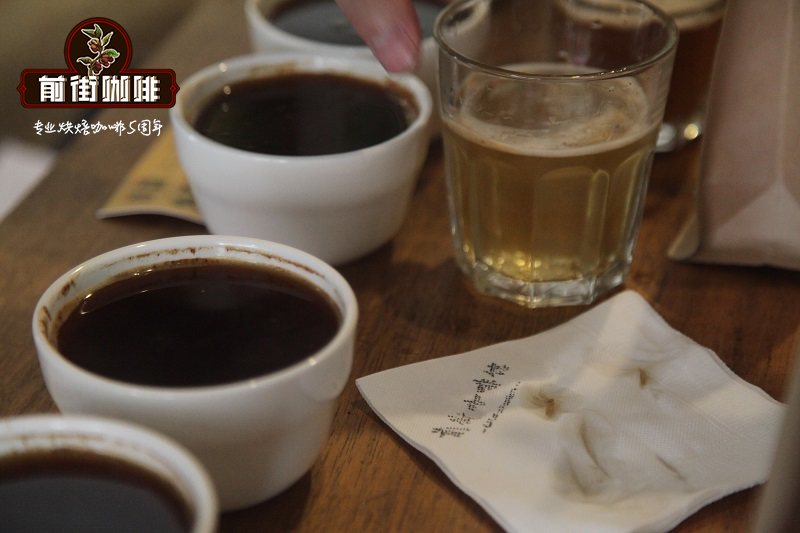
Producing country: Burundi
Grade: AA,FWS
Planting area: Buyendi
Brand name: Buyendi
Treatment method: wet treatment
Appearance: 1dcompany300grgrRAME 16-18SCR
Variety: Jackson bourbon
Note: due to ethnic separatism, the chaos of Burundian coffee has been going on for a long time, with a large number of old and new raw beans mixed together, making this coffee unsuitable for grading. This coffee is rough but mild, and has characteristics similar to Kenyan coffee. The flavor is sweet and fruity, with a slightly spicy finish.
Dry aroma (1-5): not applicable
Wet aroma (1-5): not applicable
Acidity (brightness) (1-10): not applicable
Taste (layered) (1-10): not applicable
Taste (alcohol thickness) (1-5): not applicable
Aftertaste (residue) (1-10): not applicable
Balance (1-5): not applicable
Base score (50): not applicable
Total score (maximum 100): not applicable
Strength / main attributes: medium strong / sweet, fruit flavor, spicy aftertaste.
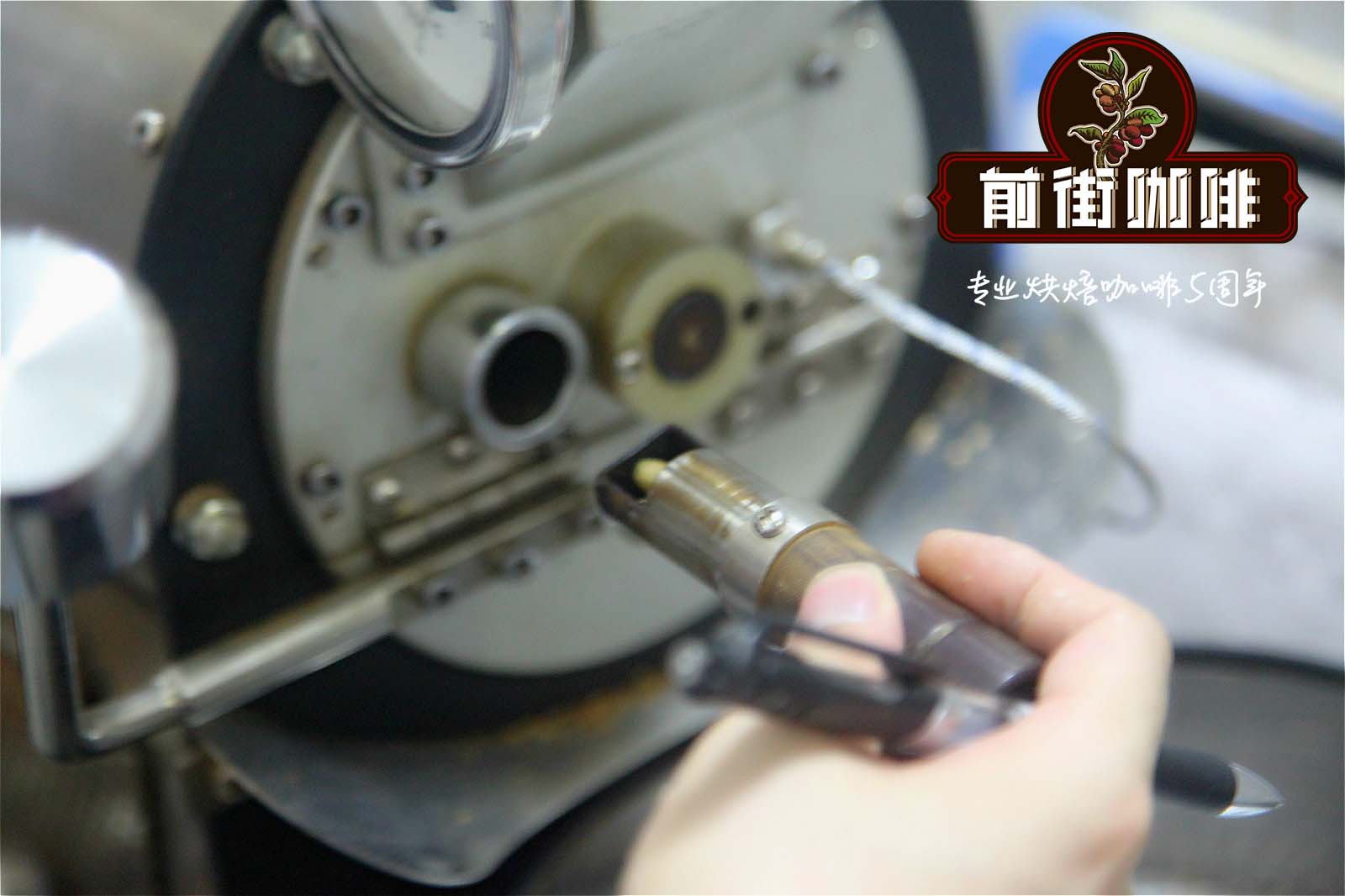
Recommended roasting degree of Qianjie coffee: full city
Contrast: very similar to Kenyan coffee
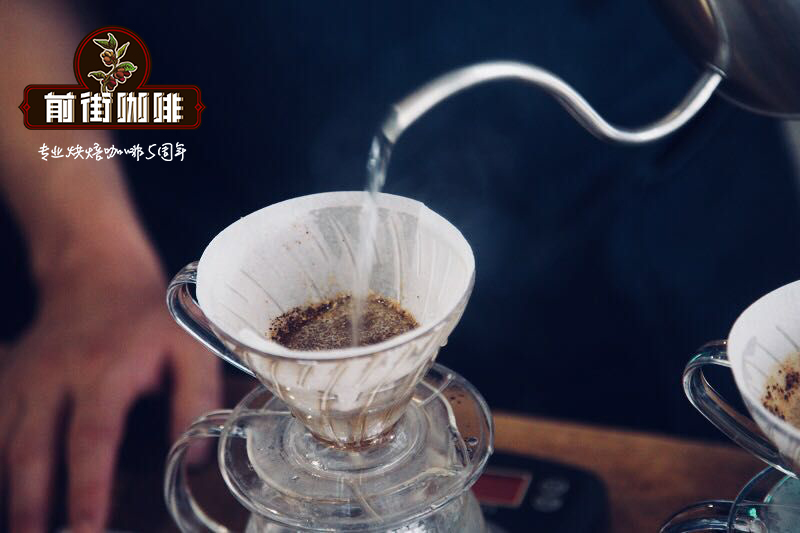
Qianjie Coffee Building suggestion: 90 ℃ / 1 15max 15g powder / medium fine grinding / V60
Qianjie suggested cooking methods: 30 grams of water steaming for 30 seconds, after 120 grams of water injection, see powder bed and then water injection to 225 grams, see powder bed remove filter cup
Qianjie test flavor: citrus, honey, nuts, cream, plum fragrance
Important Notice :
前街咖啡 FrontStreet Coffee has moved to new addredd:
FrontStreet Coffee Address: 315,Donghua East Road,GuangZhou
Tel:020 38364473
- Prev
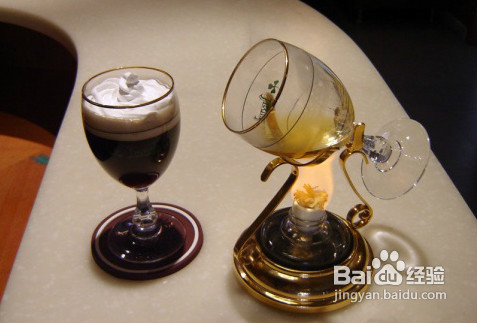
Introduction to Puerto Rico Fine Coffee Bean Puerto Rico Coffee Region Manor
Caribbean Sea is a warm romantic mysterious sea, many good coffee also around this ring sea Jamaica Blue Mountain, Dominican Republic, Cuba Crystal Mountain, Puerto Rico Yuco, etc. These are the world's most famous production of rare expensive coffee, these island beans give people a light milk fragrance and elegant flowers, acid delicate soft, although still difficult to avoid the island sultry climate caused coffee
- Next
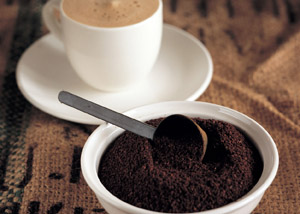
Introduction of Ugandan Coffee Flavor Ugandan boutique coffee beans in Uganda coffee producing area
This coffee is produced in the Mount Elgonne region of Uganda. Balanced acidity and rich oil between 1600 and 1900 meters above sea level are the characteristics of this coffee. It tastes mild and simple, with a papaya flavor. Dry aroma (1-5): 3.2 wet aroma (1-5): 3.4 acidity (brightness) (1-10): 8 taste (hierarchy) (1-10): 8.5 taste (alcohol thickness)
Related
- Detailed explanation of Jadeite planting Land in Panamanian Jadeite Manor introduction to the grading system of Jadeite competitive bidding, Red bid, Green bid and Rose Summer
- Story of Coffee planting in Brenka region of Costa Rica Stonehenge Manor anaerobic heavy honey treatment of flavor mouth
- What's on the barrel of Blue Mountain Coffee beans?
- Can American coffee also pull flowers? How to use hot American style to pull out a good-looking pattern?
- Can you make a cold extract with coffee beans? What is the right proportion for cold-extracted coffee formula?
- Indonesian PWN Gold Mandrine Coffee Origin Features Flavor How to Chong? Mandolin coffee is American.
- A brief introduction to the flavor characteristics of Brazilian yellow bourbon coffee beans
- What is the effect of different water quality on the flavor of cold-extracted coffee? What kind of water is best for brewing coffee?
- Why do you think of Rose Summer whenever you mention Panamanian coffee?
- Introduction to the characteristics of authentic blue mountain coffee bean producing areas? What is the CIB Coffee Authority in Jamaica?

